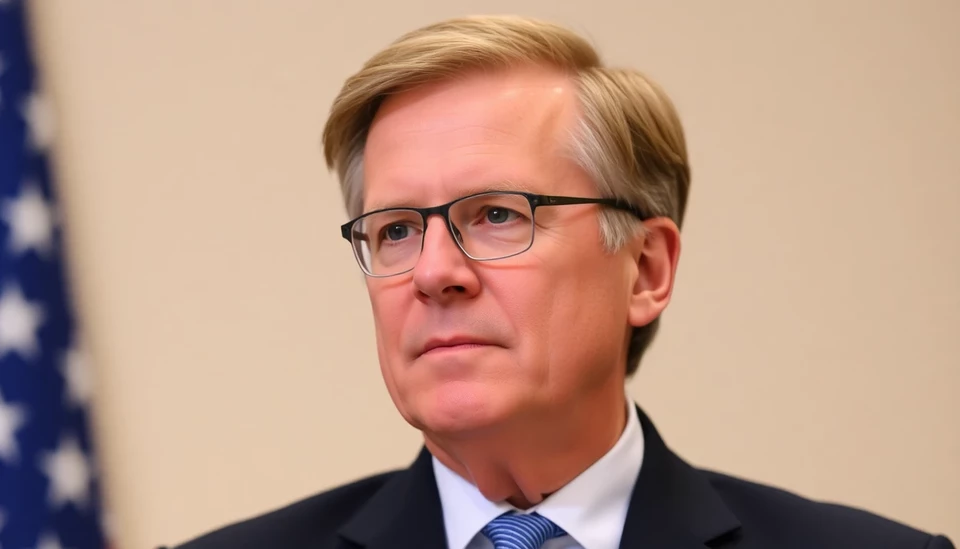
Women’s football in England is facing significant financial challenges that could jeopardize its growth and sustainability, according to a recent report. Despite the increasing popularity of the women’s game, with higher viewership and participation levels, the financial backing has not kept pace with these advancements. This disparity has raised concerns among clubs, players, and stakeholders across the sport.
The Women’s Super League (WSL), which has seen a surge in fan engagement and media attention, is grappling with budget constraints that limit the potential for future development. Many clubs are operating on shoestring budgets, struggling to secure sponsorship deals that are comparable to their male counterparts. This financial shortfall not only impacts player salaries but also restricts resources available for coaching, training facilities, and grassroots programs.
Following the glowing success of the Lionesses in international competitions, including their run to the UEFA Women’s Euro final in 2022, there was hope that investment would pour into the women's game. However, the reality has been starkly different. Club executives are urging for increased investment from sponsors, but many businesses remain hesitant, often citing a lack of long-term commitment and return on investment in a developing market.
The disparity in media coverage between men’s and women’s sports continues to play a significant role in funding gaps. While networks have started to broadcast more women's football, the overall media rights deals are still substantially lower compared to what is offered for men's leagues. This lack of visibility directly affects the income generated through advertisement and sponsorship, creating a vicious cycle that hinders financial stability.
In response to this predicament, several industry experts have highlighted the need for structural changes, including the introduction of a more robust framework for financial support from the Football Association and increased corporate sponsorship. Initiatives that could promote equal opportunities for women’s clubs and better funding allocation are desperately needed to sustain and grow the sport.
This financial health crisis comes at a critical juncture when enthusiasm for women's football is at an all-time high. Clubs and organizations need to capitalize on this momentum to secure partnerships that can provide the necessary funds for improvement. Failure to do so may result in clubs being unable to compete effectively, stalling the progress made thus far in women's football.
As the WSL prepares for the second half of the season, all eyes will be on how clubs navigate these financial obstacles. Improving the financial framework supporting women's football is crucial if the sport is to maintain its upward trajectory and ensure long-term success. The hope is that stakeholders in the industry will collaborate to find viable solutions to these pressing financial issues.
In conclusion, while the interest in women’s football is growing exponentially, the stark financial realities underline a potential crisis ahead. Careful planning, greater investment, and strategic partnerships are essential steps that need to be prioritized to foster the continued advancement of women’s football in England.
#WomensFootball #WSL #SportsFunding #GirlsInSport #Lionesses #FootballForAll #WomenInSports
Author: Samuel Brooks




